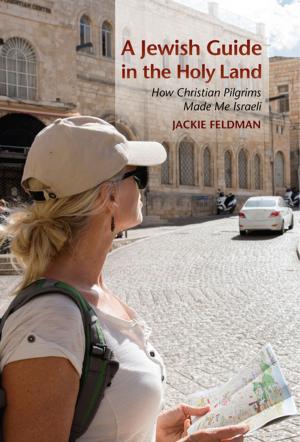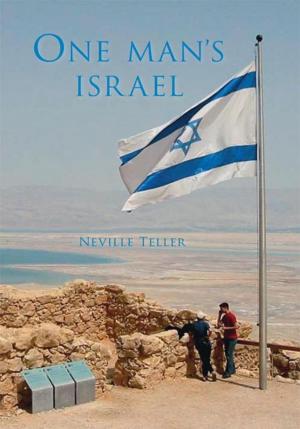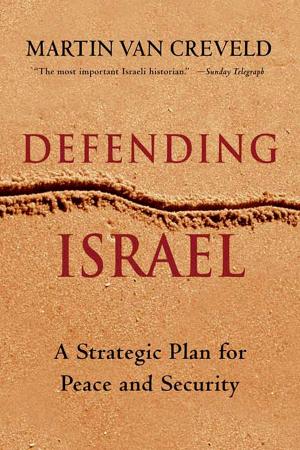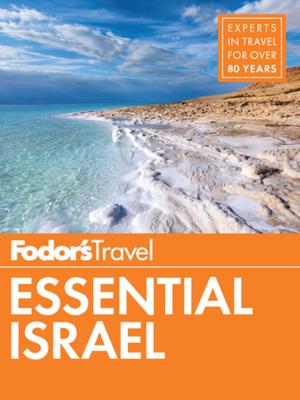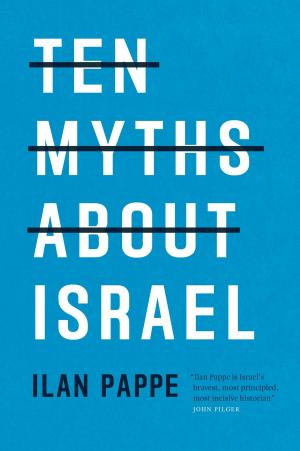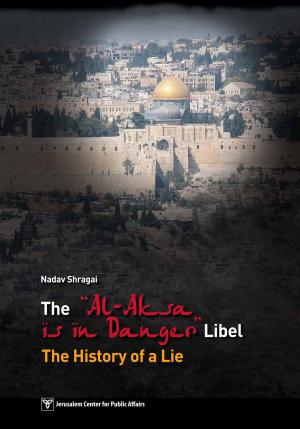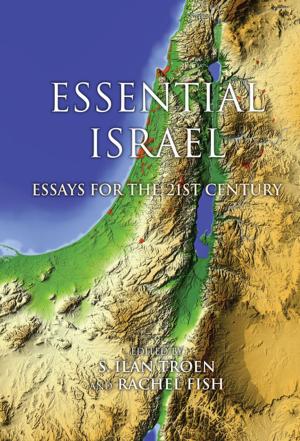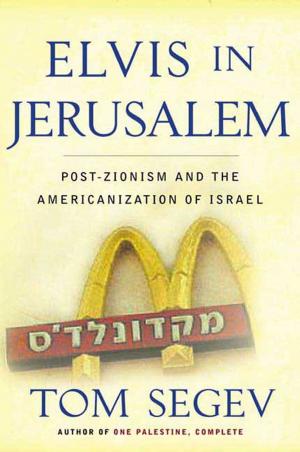Traveling Israel: Jerusalem, Tel Aviv and the Judaean Desert
Nonfiction, Travel, Middle East, Israel| Author: | Oren Cahanovitc | ISBN: | 9781370337293 |
| Publisher: | Oren Cahanovitc | Publication: | November 18, 2016 |
| Imprint: | Smashwords Edition | Language: | English |
| Author: | Oren Cahanovitc |
| ISBN: | 9781370337293 |
| Publisher: | Oren Cahanovitc |
| Publication: | November 18, 2016 |
| Imprint: | Smashwords Edition |
| Language: | English |
There are many well-known travel guides available. They recommend different itineraries, accommodation and dishes, and generally provide a small amount of information about a lot of different places. My approach is different. On my website you can find all the general information you need to know about Israel (accommodation, transportation, food, society, etc.) whereas the booklets present detailed information on the main sites with maps, illustration and photos. As a tour guide who has been to the sites hundreds of times, I am able to relate the history of each through its artifacts and integrate into the text the answers to the most frequently asked questions.
The booklet provides three self-guided day tours in Jerusalem, Tel Aviv and the Judaean Desert.
• Jerusalem may boast some of the world's most important sites but, truth be told, many of them are not particularly impressive. The Wailing Wall is just an ancient wall and the Church of the Holy Sepulchre is busy and noisy. In order to appreciate and enjoy the sites, you need to know the story behind them – and that's where my booklet comes in. The Jerusalem tour leads you through the main sites on the Mount of Olives and in the Old City of Jerusalem. From the Chapel of Ascension, the holiest Christian site, on to Gethsemane and the main sites in the Old City: the Via Dolorosa, the Church of the Holy Sepulchre, the Wailing Wall, Temple Mount and some unknown, less touristy sites.
•What stands out most about Tel Aviv is that it’s not Jerusalem. Nowhere else will you find two cities that lie so close together – only 60 kilometers (37 miles) apart – yet are so different from one another. Jerusalem was built thousands of years ago on rocky hilltop terrain; Tel Aviv just a century ago on sandy dunes along the beach. Jerusalem is one of Israel’s poorest cities; Tel Aviv one of its richest. Jerusalem is Israel’s political and religious center; Tel Aviv its economic and commercial hub. Jerusalem is a city of the past, while Tel Aviv lives in the present. But Tel Aviv isn’t just the antithesis of Jerusalem. It’s also a city that stands on its own merits and boasts a wide variety of sights. The Tel Aviv tour starts in the Old City of Jaffa, (whose official name is Tel Aviv-Jaffa) and takes in St. Peter’s Church, which commemorates the beginning of the separation of Christianity from Judaism, the port of Jaffa, and the building where Adolf Eichmann was held, as well as relating the unknown story of the American colony in Jaffa. I added two chapters about Rabin Square and Sarona, the newly renovated German colony.
•This tour takes you to the three most visited sites in the Judaean Desert: Masada, Ein Gedi and the Dead Sea. The Masada route takes in the main points of interest and tells two dramatic stories: the story of King Herod, a persecuted persecutor king, and the story of the rebels, who 70 years later used Herod’s palace as their last fortress. For those who like hiking, I have also included a description of a beautiful trail just outside Masada that affords views 99.99% of tourists don’t get to see.
There are many well-known travel guides available. They recommend different itineraries, accommodation and dishes, and generally provide a small amount of information about a lot of different places. My approach is different. On my website you can find all the general information you need to know about Israel (accommodation, transportation, food, society, etc.) whereas the booklets present detailed information on the main sites with maps, illustration and photos. As a tour guide who has been to the sites hundreds of times, I am able to relate the history of each through its artifacts and integrate into the text the answers to the most frequently asked questions.
The booklet provides three self-guided day tours in Jerusalem, Tel Aviv and the Judaean Desert.
• Jerusalem may boast some of the world's most important sites but, truth be told, many of them are not particularly impressive. The Wailing Wall is just an ancient wall and the Church of the Holy Sepulchre is busy and noisy. In order to appreciate and enjoy the sites, you need to know the story behind them – and that's where my booklet comes in. The Jerusalem tour leads you through the main sites on the Mount of Olives and in the Old City of Jerusalem. From the Chapel of Ascension, the holiest Christian site, on to Gethsemane and the main sites in the Old City: the Via Dolorosa, the Church of the Holy Sepulchre, the Wailing Wall, Temple Mount and some unknown, less touristy sites.
•What stands out most about Tel Aviv is that it’s not Jerusalem. Nowhere else will you find two cities that lie so close together – only 60 kilometers (37 miles) apart – yet are so different from one another. Jerusalem was built thousands of years ago on rocky hilltop terrain; Tel Aviv just a century ago on sandy dunes along the beach. Jerusalem is one of Israel’s poorest cities; Tel Aviv one of its richest. Jerusalem is Israel’s political and religious center; Tel Aviv its economic and commercial hub. Jerusalem is a city of the past, while Tel Aviv lives in the present. But Tel Aviv isn’t just the antithesis of Jerusalem. It’s also a city that stands on its own merits and boasts a wide variety of sights. The Tel Aviv tour starts in the Old City of Jaffa, (whose official name is Tel Aviv-Jaffa) and takes in St. Peter’s Church, which commemorates the beginning of the separation of Christianity from Judaism, the port of Jaffa, and the building where Adolf Eichmann was held, as well as relating the unknown story of the American colony in Jaffa. I added two chapters about Rabin Square and Sarona, the newly renovated German colony.
•This tour takes you to the three most visited sites in the Judaean Desert: Masada, Ein Gedi and the Dead Sea. The Masada route takes in the main points of interest and tells two dramatic stories: the story of King Herod, a persecuted persecutor king, and the story of the rebels, who 70 years later used Herod’s palace as their last fortress. For those who like hiking, I have also included a description of a beautiful trail just outside Masada that affords views 99.99% of tourists don’t get to see.

